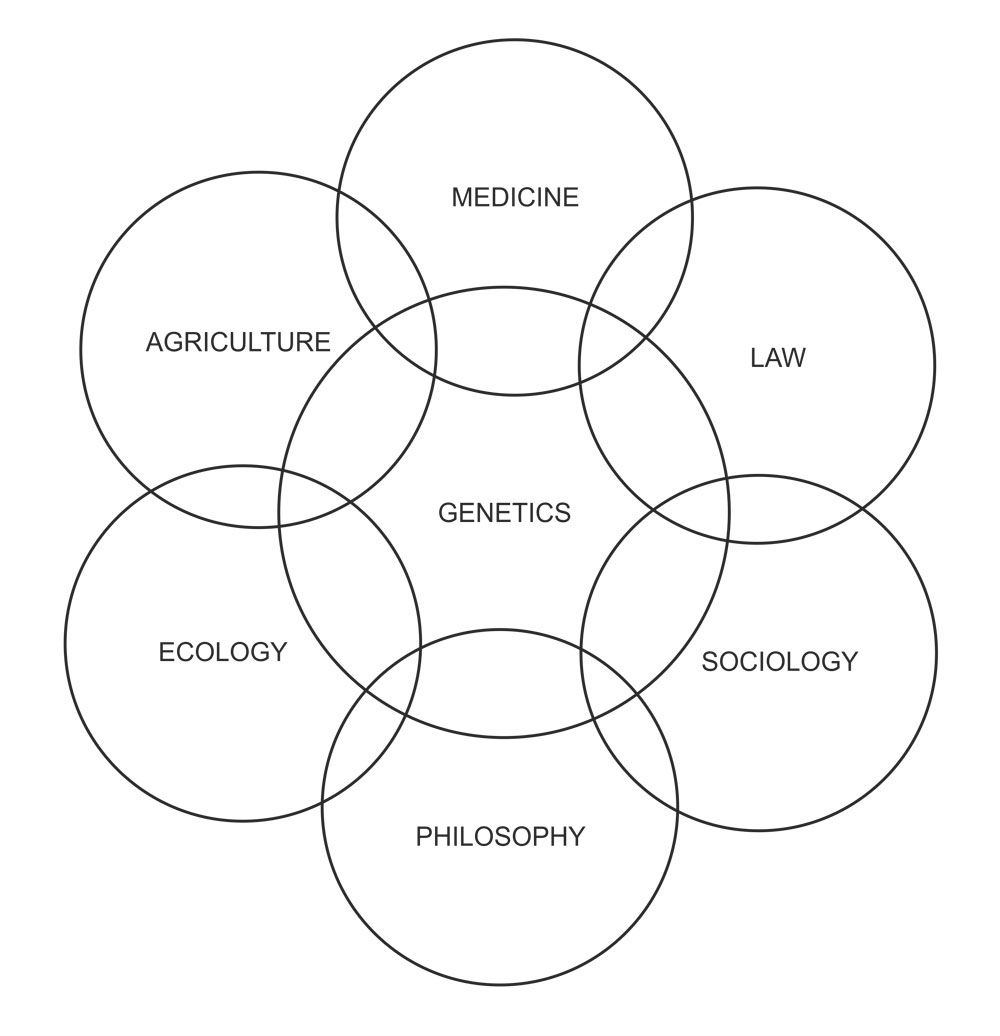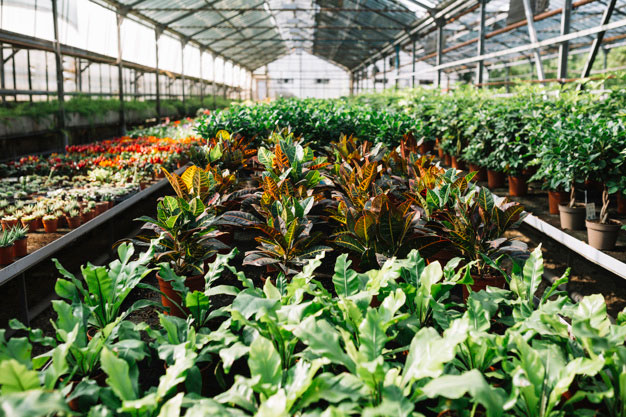Chlorobacteria
The Chloroflexi (Chlorobacteria) are a class of bacteria that produce energy through photosynthesis. They make up the bulk of the filamentous anoxygenic phototrophs
Types of Tissues
A tissue is a group of similar cells (together with associated cell products) specialized for the performance of a common function.
Prokaryotic DNA polymerases
Three different prokaryotic DNA polymerases are known, of which DNA polymerases I and II are meant for DNA repair and DNA polymerase IN is meant for actual DNA replication
Cultures of Microorganisms
Microorganisms isolated from different sources (soil, water and air) or genetic manipulation are cultured on growth media.
Gastrulation
Process by which an early metazoan embryo becomes a gastrula, acquiring first two and then three layers of cells.
Macronutrients - Nitrogen
Discovery of the essentiality of nitrogen is often credited to de Saussure (1-3), who in 1804 recognized that nitrogen was a vital constituent of plants, and that nitrogen was obtained mainly from the soil.
Environmental pathogens
This organism is widespread in the environment, but rare in the flora of healthy individuals. Its carriage increases with hospitalization.
Distribution of Life on Earth
The biosphere as usually defined is the thin outer layer of the earth capable of supporting life. It is probably best viewed as a global system that includes all life on earth and the physical environments in which living organisms exist and interact.
Protein Synthesis
Protiens are polymers of amino acids joined by peptide bonds (proteins are therefore also known as polypeptides). The number and order of the amino acids contained in a particular protein are prescribed by the DNA sequence of that protein?s gene.
Developmental genetics

The area of developmental genetics has also received major attention of geneticists in recent years to answer questions like the following. What are the relative roles of nucleus and cytoplasm in differentiation?
Trees

A tree is a perennial woody plant. It is most often defined as a woody plant that has many secondary branches supported clear of the ground on a single main stem or trunk with clear apical dominance.
Terrestrial Environments Biomes
A biome is a major biotic unit bearing a characteristic and easily recognized array of plant life. Botanists long ago recognized that the terrestrial environment of the earth could be divided into large units having a distinctive vegetation, such as fores
Natural Antioxidants in Foods
To protect food quality and safety, antioxidants are often added to processed foods. These antioxidants can be synthetically derived compounds, such as butylated hydroxytoluene and ethylene diaminetetraacetic acid.
Germplasm theory
Germplasm theory of Weismann was a very significant advancement in our understanding of heredity, since this was for the first time that a distinction between hereditary and environmental variations could be made on a sound basis.
The nature of horticulture

Horticulture may be described as the practice of growing plants in a relatively intensive manner. This contrasts with agriculture, which, in most Western European countries, relies on a high level of machinery use over an extensive area of land
Alkaloids
Alkaloids are classified according to the amino acid that provides both the nitrogen atom and the fundamental portion of the alkaloid skeleton, and these are discussed in turn.




